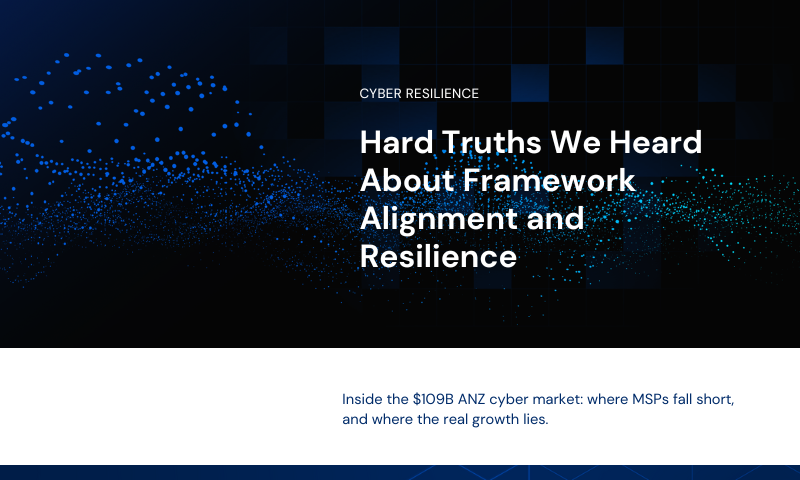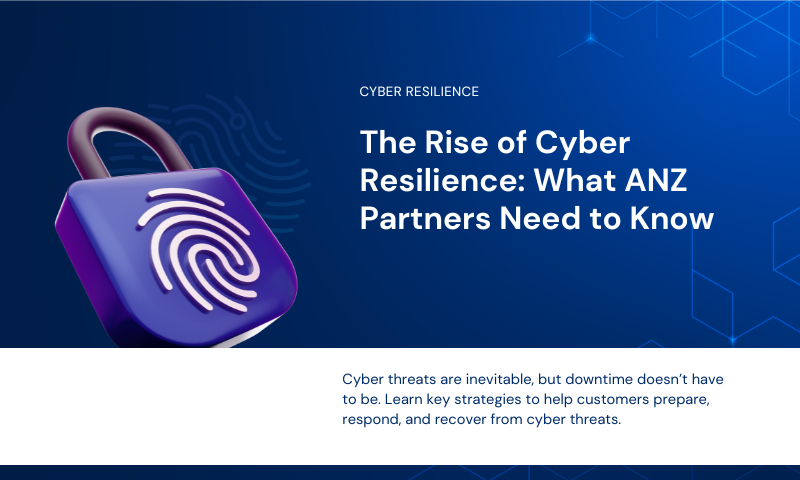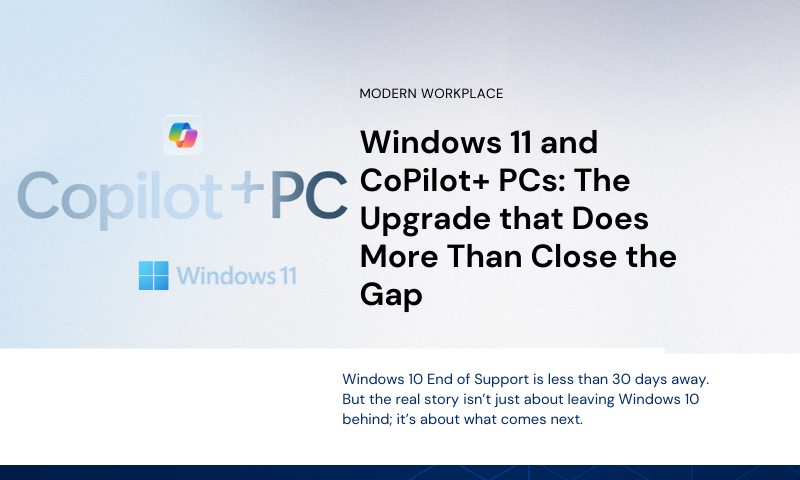If you’ve been around IT for any length of time, you know data growth is nothing new.
IT businesses have been struggling to store and manage ever-increasing volumes of data for years.
That hasn’t changed.
In fact, research shows that capacity demands are continuing to increase, and over the years, a multitude of factors have received credit for explosive data growth.
According to Richard Fischera, Vice President, Principle Analyst Infrastructure and Operations for Forrester Research there are a number of factors currently contributing to a perfect storm for data growth.
Those factors are:
– Many entities connected via the Internet
– High-speed telecom links (5G)
– Increased use of rich media (video, high-def images)
– More complex services
– Long-term data retention for analytics
And it would seem there is no end in sight.
For example, we are just seeing the first wave of connected devices associated with the Internet of Things (IoT).
Going forward, machine data associated with IoT will likely become a significant factor contributing to data growth.
Data growth driving complexity
Consider that 41% of respondents to the 2018 ESG Master Survey said that “higher data volumes” were driving IT complexity, and 26% said that “managing high volumes of secondary and tertiary data” was one of their top data protection challenges.
So, what are the challenges, and how can we address them?
– Backups and restores can be slowed as data stores grow. And many businesses have little tolerance for IT downtime.
– Data storage is cheap, but it’s not free. That means holding onto a lot of secondary data can be costly.
When evaluating backup solutions to protect growing data sets, look for the following:
1. Customizable retention settings:
Policy-based archiving and retention settings should be considered essential.
These features reduce capacity needs and speed backups and restores by purging or archiving older, unnecessary data.
2. Compression and deduplication:
These technologies further reduce capacity demands, by eliminating redundancy at the byte-level.
Remember, not all compression and deduplication technologies are created equally—so do your homework.
3. Modern restore functionality:
As noted above, restoring a large amount of data can be time-consuming.
For server backups, look for solutions that enable you to run operations on the backup server or in the cloud while primary servers are restored.
For endpoints, look for solutions that reduce manual effort with automation.
Unfortunately, data growth isn’t going away or even slowing down
However, the technologies above can ease data protection challenges associated with it.
If you are struggling to protect ever-growing data volumes, modern backup solutions such as Carbonite Server and Carbonite Endpoint are worth your consideration.
For more information, contact our team on team@synnexcloud.com.au.
This blog content is created and published by Carbonite found here.



Leave A Comment